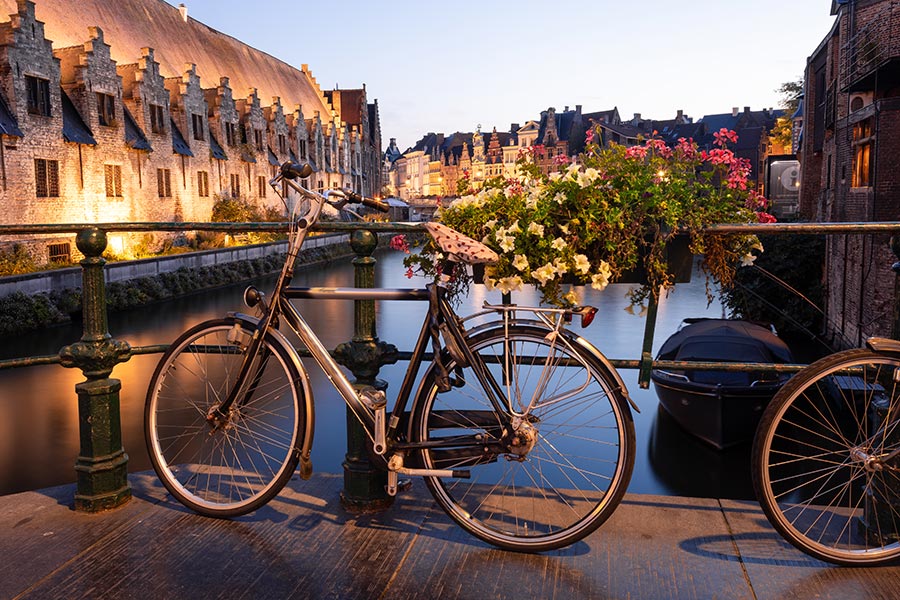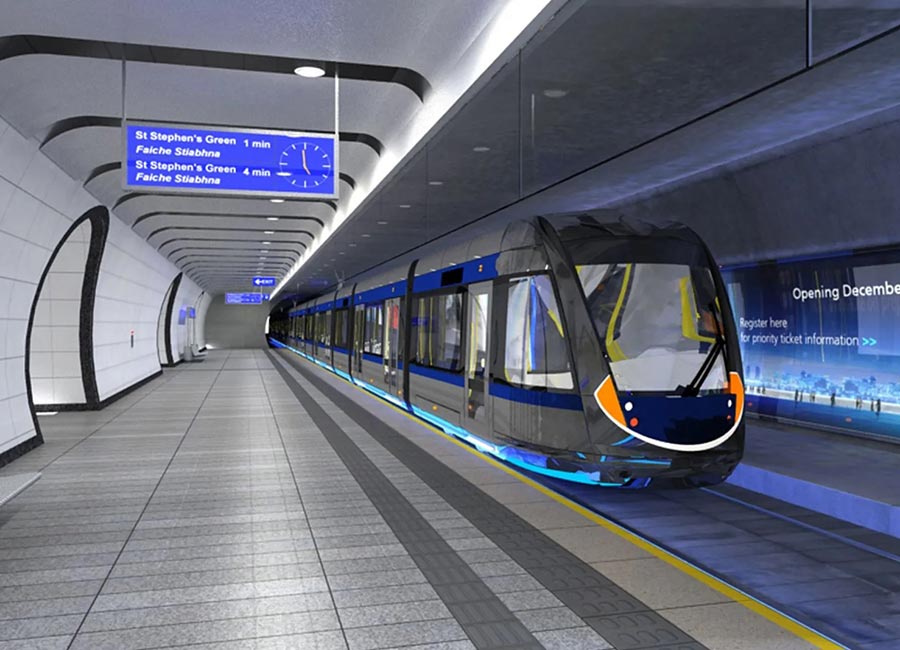When Dublin City Council (DCC) announced last year that it was going to make some minor changes to the flow of car traffic along the Liffey’s quays, there was sustained lobbying by some businesses against the measure.
The Dublin City Centre Traders Alliance, which includes Brown Thomas, Arnotts and the Jervis Shopping Centre car parks, claimed the plan would lead to job losses, business closures and a negative impact on retail sales.
It said retail spending would drop by €141m in the city centre by 2028.
DCC said the changes, supported by 80 per cent of people in a public consultation, were necessary to reduce travel times for public transport and allow for improvements to cycling along the river.
Its data suggested that 60 per cent of car traffic in the city centre does not stop in town.
The plan went ahead last summer despite the backlash, but was significantly watered down.
The National Transport Authority later revealed there was a 60 per cent decrease in private cars using the quays and a reduction of more than 400 cars per hour transiting through the city.
According to the Dublin Economic Monitor, retail spending in Q1 2025 was up by 0.2 per cent compared to the same period last year.
So, the business group’s claims have so far proved unfounded.
This serves as a good example of how difficult it is to make even small improvements to public transport, cycling and walking infrastructure in Ireland’s capital.
Despite Dublin being one of the most congested cities in Europe, efforts to build cycle paths, bus lanes or metros have faced significant pushback.
But businesses have little to fear from improvements to public transport and cycling.
I recently returned home from a trip to Ghent in Belgium, where I was invited by the city’s tourist board to experience its cycling infrastructure first-hand.
In the mid-1990s, Ghent’s council decided to prioritise walking and cycling.
Central to the plan was limiting car access to a ring road rather than through the centre. Huge investment was made in cycle lanes, pedestrian squares and public transport.
The result? Ghent now has 300km of cycle lanes and the largest low-traffic pedestrian zone in Europe.
More than one in three journeys are taken by bike.
I cycled about 45km around the city’s network on an overcast spring day last month and didn’t experience a single near-miss, scary moment or traffic jam, the likes of which are a daily occurrence in Dublin.
Ghent is buzzing and businesses are thriving.
One of the council’s officials who was showing me around said there was some pushback from businesses when the plans were first announced, and several retailers decided to relocate outside the city centre.
“You might not be able to buy a washing machine in the city centre anymore, for example,” she said.
“But is that really a big deal?”
The changes have proved so successful that they are no longer considered controversial.
Other European cities such as Barcelona, Paris and Copenhagen are making similar moves, reclaiming space from cars and allocating it to public transport, cycling and walking.
The motive is not just environmental.
The changes result in more lively cities.
After all, it’s people that buy things — not cars.
Dublin must follow suit. Ireland’s capital was recently named as the third most congested city in Europe and the 15th most congested in the world.
Dublin’s drivers were delayed by an average of 81 hours in 2024.
This was an increase of 13 per cent over the previous year, according to Inrix, a US transport data company which analysed traffic data from more than 900 cities.
The Department of Transport estimates that gridlock costs Dublin €336m annually.

This could rise to €1.5bn by 2040.
Apart from Iceland’s Reykjavik, our capital is the only one in northern and western Europe without a metro.
It is also one of only a small number without a rail line to the airport.
Luas Finglas, a mere 4km extension to an existing line, is not due to open until 2031 at the earliest.
That’s 14 years after the Luas Green line extension began operating.
We must find a way to deliver these projects more quickly — for the good of the city and the businesses within it.











